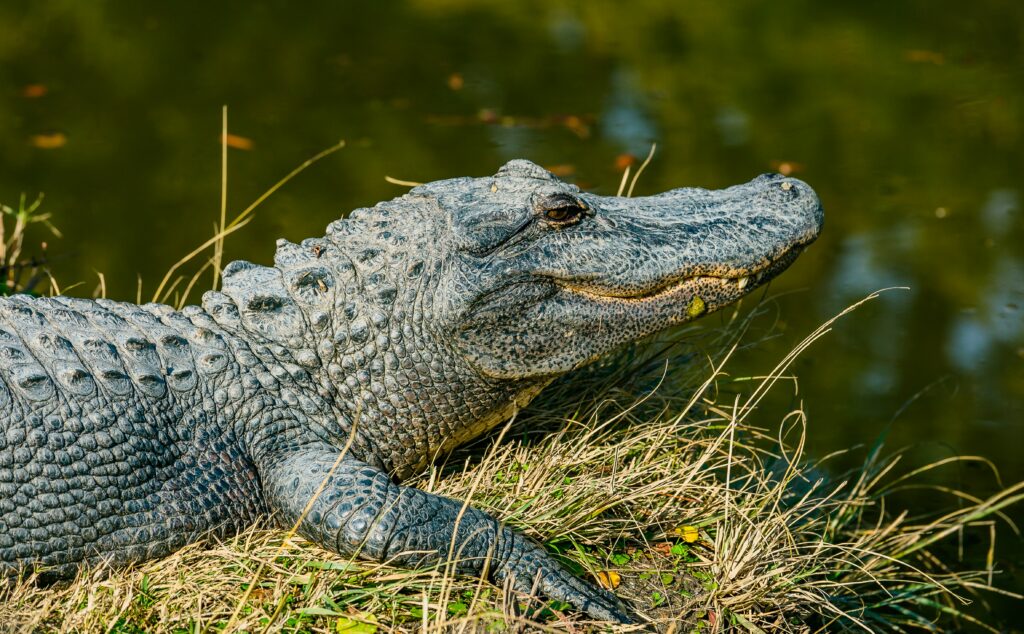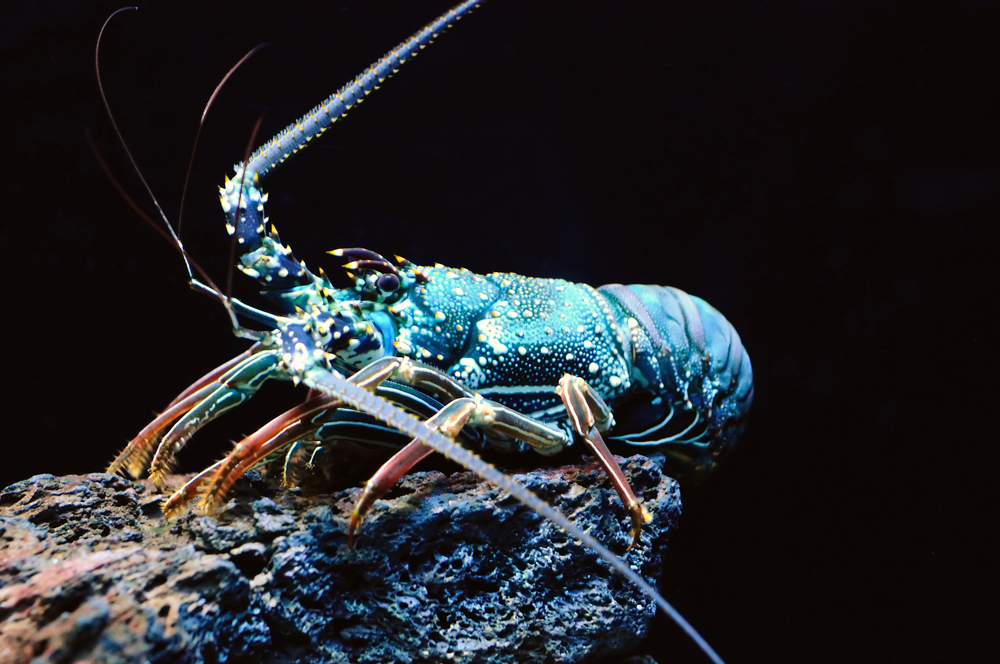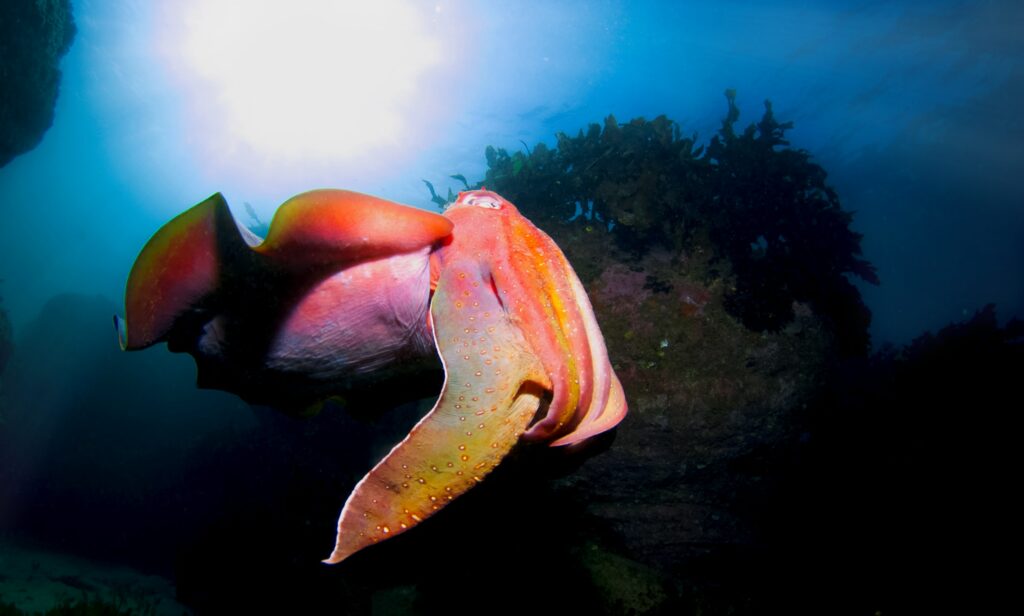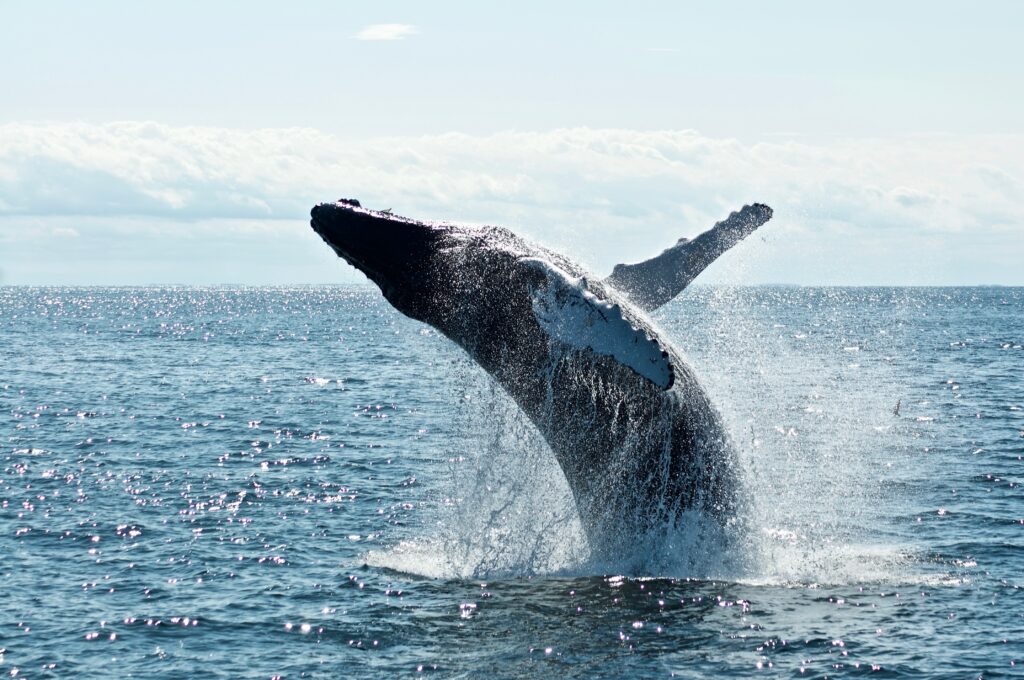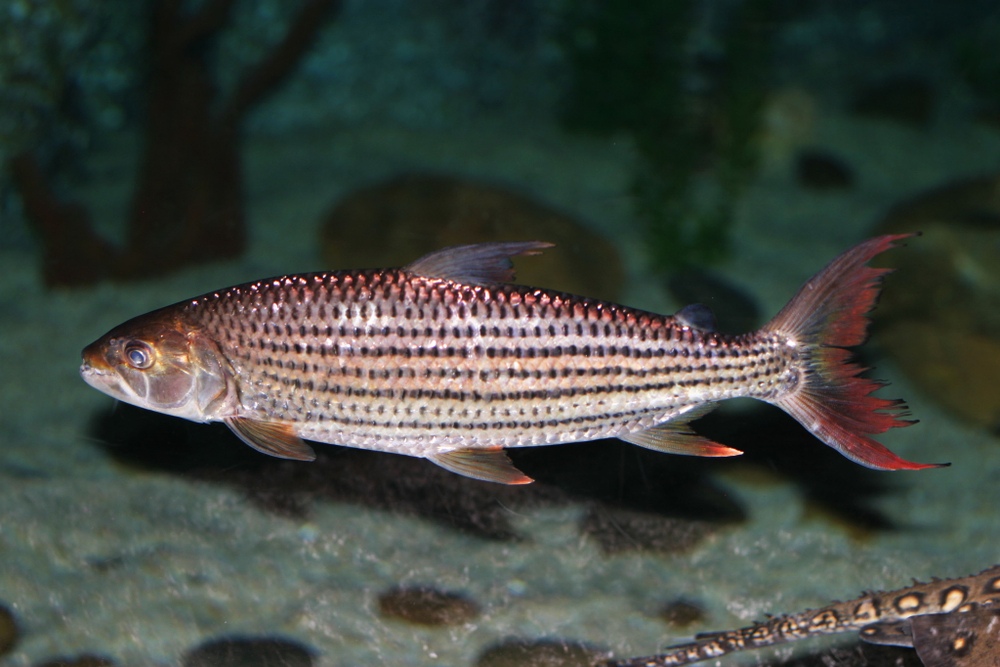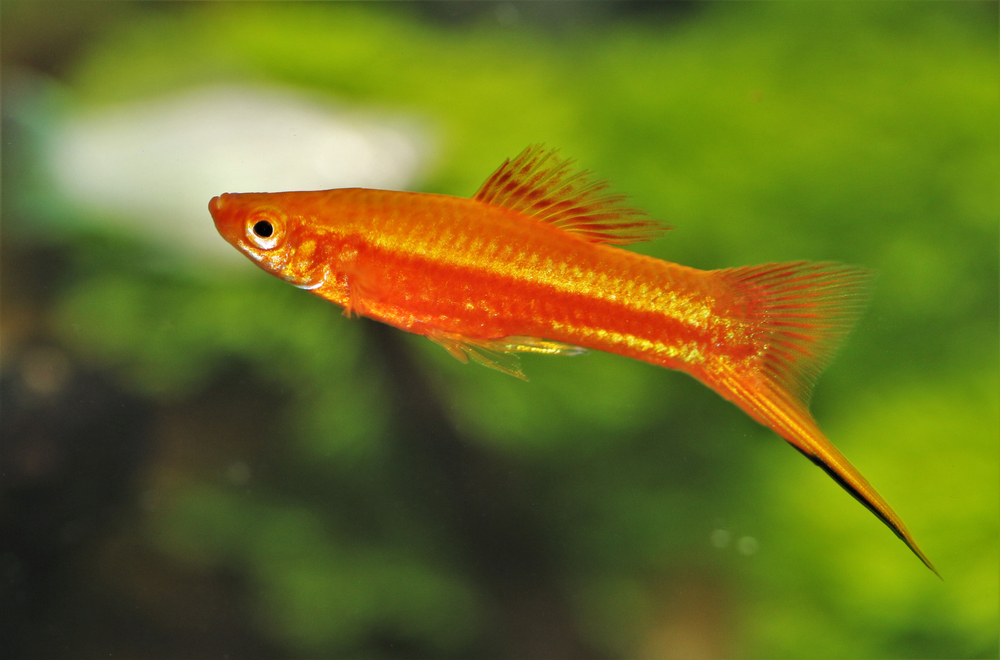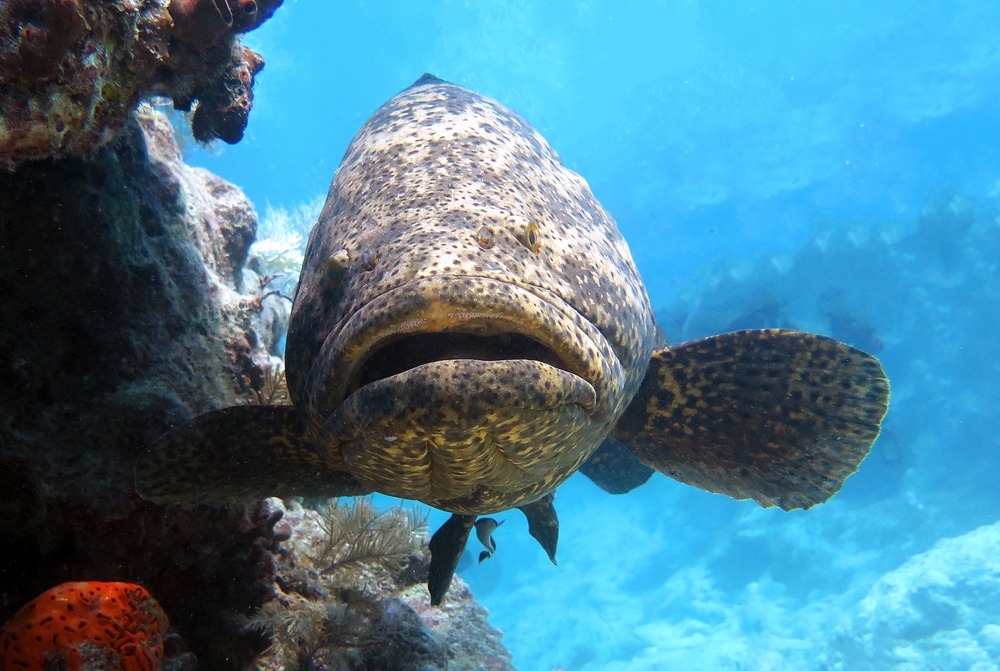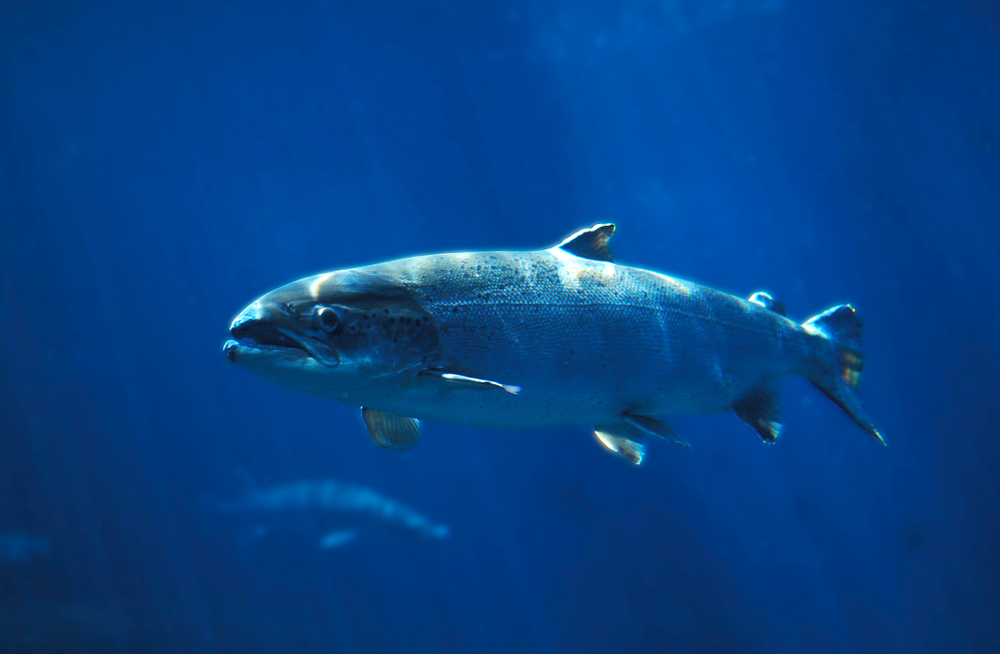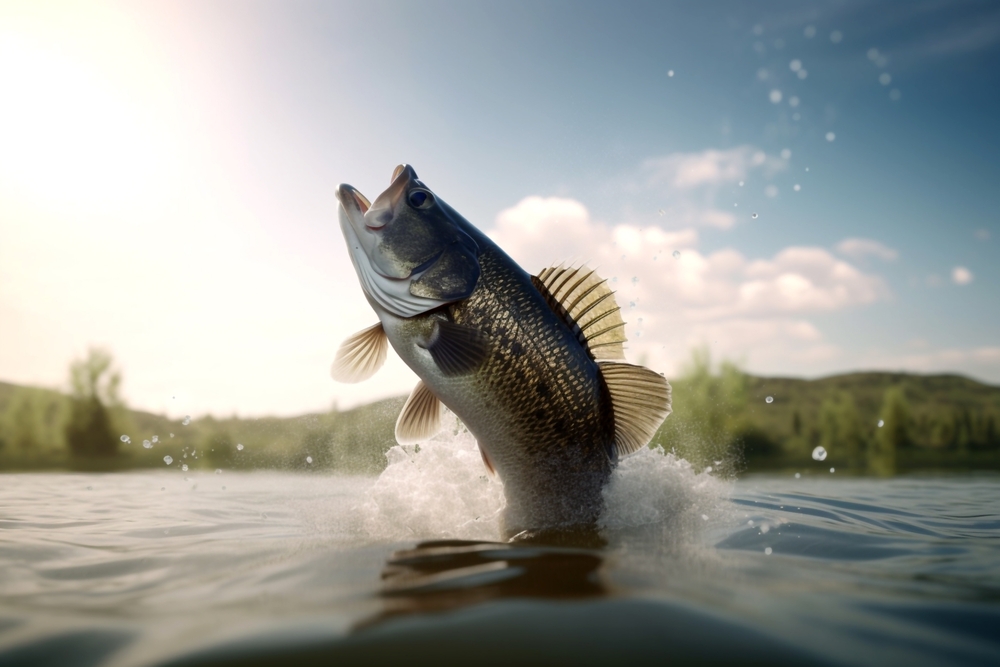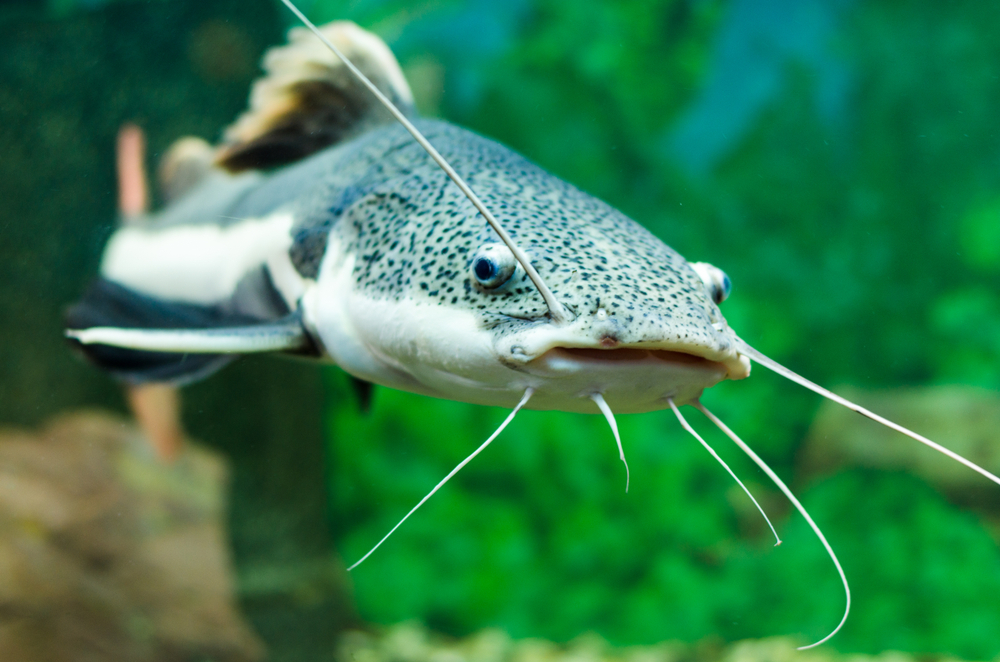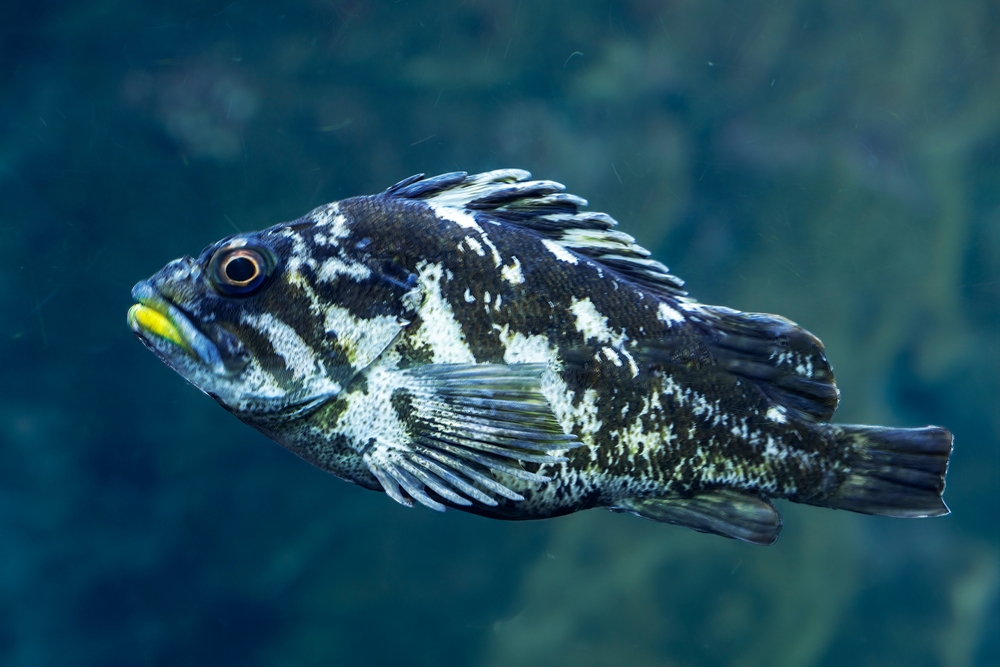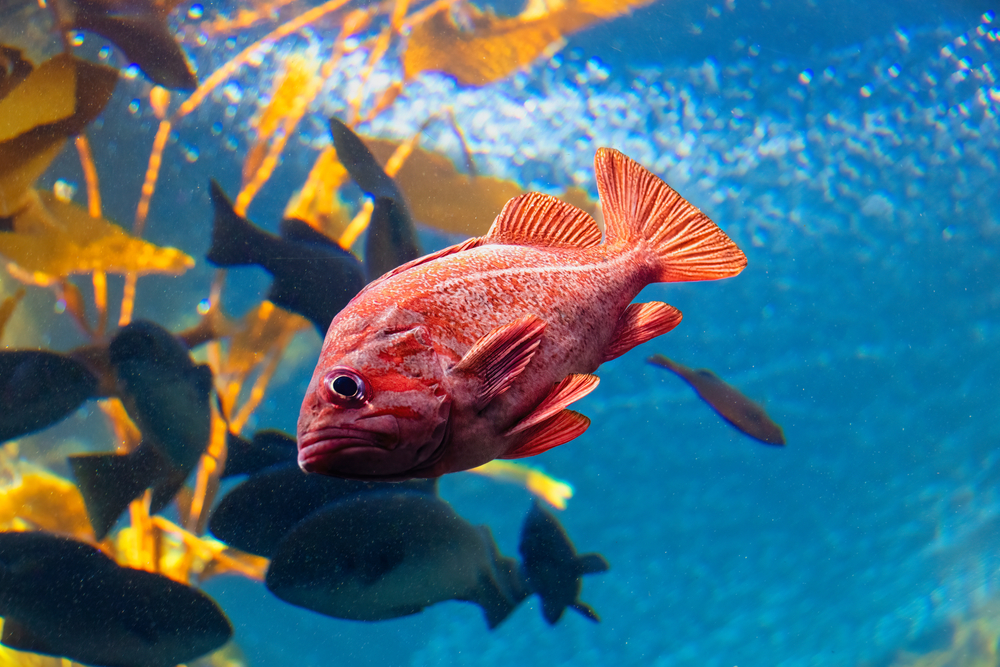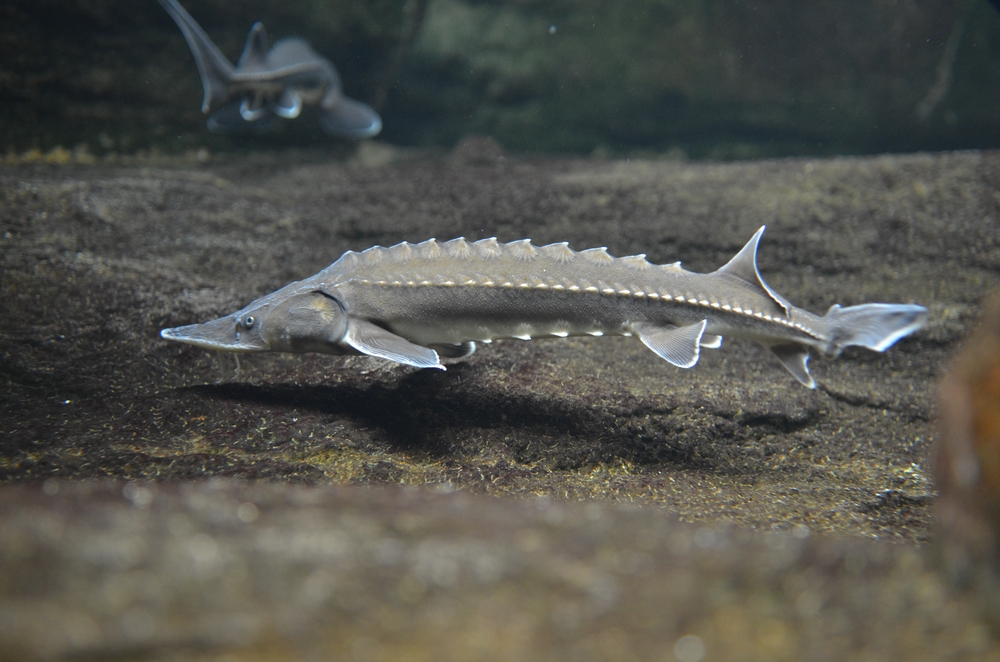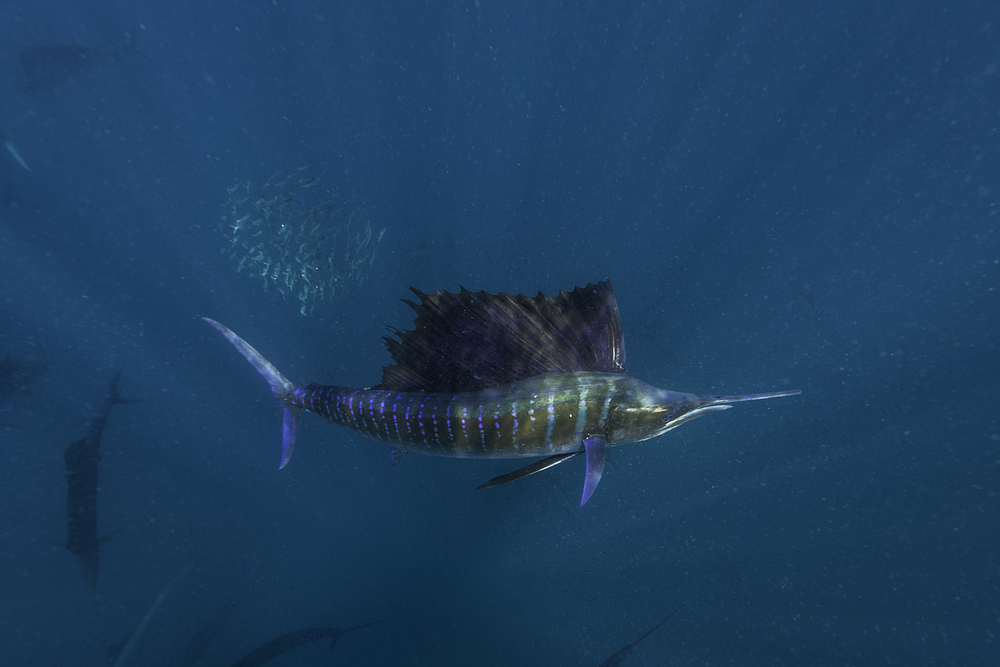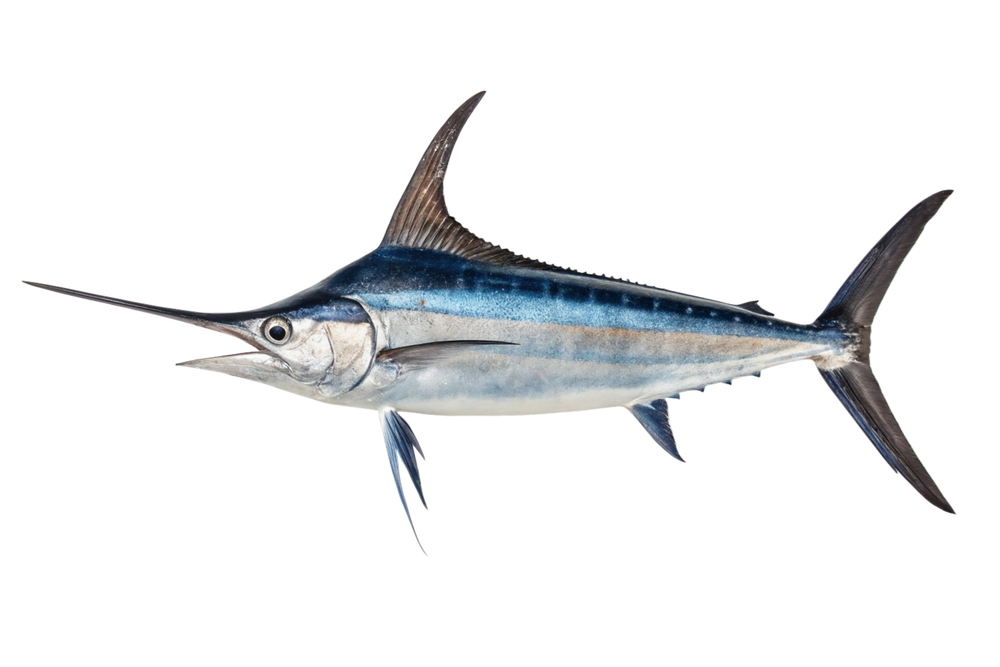Tigerfish belong to the genus Hydrocynus in the characin family (Alestidae). Their closest relatives are other African characins, with similarities to South American relatives like piranhas, though separated by geography.
About
The Tigerfish is a fierce freshwater predator renowned for its speed, power, and fearsome teeth. Its most famous representative is the African tigerfish (Hydrocynus goliath), which belongs to the family Alestidae. These fish inhabit many rivers and lakes across sub-Saharan Africa, particularly the Congo River Basin, Lake Tanganyika, and the Zambezi River, where they are apex predators.
Tigerfish are named for their bold, striped appearance and razor-sharp interlocking teeth, which resemble those of a piranha. Depending on the species, they range from modest sizes of 12–24 inches (30–60 cm) to giants exceeding 5 feet (1.5 m) and weighing more than 100 pounds (45 kg). Their sleek, silver bodies are marked with dark vertical stripes, and they possess powerful tails built for explosive bursts of speed.
These fish are highly efficient hunters, preying on smaller fish, including their own kind, as well as crustaceans and insects. Their strategy involves chasing prey in open waters, striking with lightning speed, and using their formidable teeth to tear flesh with ease. This combination of strength and ferocity has earned them a reputation as one of Africa’s most formidable game fish.
Reproduction typically occurs during the rainy season, when rising water levels provide access to floodplains rich in food and shelter for fry. Tigerfish grow quickly but face predation from crocodiles, birds, and larger fish until they reach maturity.
Highly prized by sport anglers for their strength and aggressive fights, tigerfish are considered among the greatest freshwater challenges. However, they also hold ecological importance, regulating fish populations and maintaining balance within river ecosystems.
With their fearsome appearance, raw power, and legendary status among anglers, tigerfish symbolize both the danger and majesty of Africa’s freshwater systems.
Physical Characteristics
Tigerfish are fierce freshwater predators recognized for their power, speed, and intimidating appearance.
Body:
They have a streamlined, muscular body built for fast swimming in strong river currents. Their deep chest and elongated form give them strength and agility.
Coloration:
Tigerfish are silvery with a bluish or greenish sheen, often marked by dark vertical stripes along their sides—giving them their “tiger” name. Their fins may have orange, red, or black edges depending on the species.
Mouth and Teeth:
Their most striking feature is a large mouth filled with long, sharp, interlocking teeth. These teeth are dagger-like, protruding even when the mouth is closed, and are perfectly adapted for grasping and tearing prey.
Eyes:
They have large, forward-facing eyes, providing excellent vision for hunting in fast-moving, clear waters.
Fins:
Tigerfish have strong, pointed dorsal and anal fins, along with a deeply forked tail fin that gives them bursts of speed and maneuverability.
Size:
Most species range from 16–32 in (40–80 cm), but the goliath tigerfish (Hydrocynus goliath) can exceed 5 ft (1.5 m) in length.
Weight:
While many tigerfish weigh 5–20 lbs (2–9 kg), the goliath tigerfish can surpass 100 lbs (45 kg), making it one of Africa’s largest freshwater predators.
The tigerfish’s silvery striped body, razor-sharp teeth, and predatory build make it one of the most formidable freshwater fish in the world.
Reproduction
Tigerfish reproduce seasonally, with spawning tied to river flooding cycles that create ideal nursery habitats.
Mating and Courtship:
Spawning usually occurs at the onset of the rainy season, when rivers swell and floodplains expand. Males and females gather in shallow, vegetated areas where conditions are safer for eggs and fry.
Spawning:
Tigerfish are broadcast spawners, with females releasing thousands of eggs into the water column. Males simultaneously release milt (sperm) for external fertilization.
Eggs and Development:
The fertilized eggs are non-adhesive and drift freely with currents. They hatch within 2–3 days, depending on water temperature.
Larval Stage:
Larvae initially feed on their yolk sacs before transitioning to plankton and tiny invertebrates. They grow quickly, taking advantage of the abundant food available in flooded habitats.
Maturity:
Tigerfish reach sexual maturity between 2 and 4 years of age, depending on the species and environmental conditions.
The tigerfish’s reproductive cycle, tied to seasonal flooding, ensures that young have access to food-rich floodplains, supporting survival in dynamic African river ecosystems.
Lifespan
Tigerfish are relatively long-lived freshwater predators, with lifespans shaped by their size, species, and environment.
Lifespan in the Wild:
Most tigerfish species live about 10–15 years in African rivers and lakes. Larger species, such as the goliath tigerfish (Hydrocynus goliath), can live up to 15–20 years under favorable conditions.
Lifespan in Captivity:
Tigerfish are rarely kept in captivity due to their large size, aggressive nature, and need for expansive waters. When maintained in aquariums or specialized facilities, their lifespan is often shorter than in the wild.
Threats to Longevity:
Predation on juveniles, habitat changes, and overfishing reduce survival rates. Adults face fewer natural predators, but human activity is a significant threat.
The tigerfish’s ability to live for over a decade, and in some cases nearly two, underscores its status as one of Africa’s most enduring and formidable freshwater hunters.
Eating Habits
Tigerfish are apex freshwater predators, renowned for their speed, strength, and razor-sharp teeth.
Diet:
Their diet consists mainly of smaller fish, but they also consume insects, crustaceans, and occasionally birds or small animals that fall into the water. The goliath tigerfish is capable of preying on fish nearly half its size.
Feeding Behavior:
They are aggressive hunters, striking quickly and powerfully. Their interlocking, dagger-like teeth slice prey with ease, often shearing it into pieces before swallowing.
Foraging Strategy:
Tigerfish typically hunt in schools, especially when young, using coordinated attacks to chase and trap schools of smaller fish. Larger adults, particularly the goliath tigerfish, often hunt alone, ambushing or pursuing prey at high speeds.
Role in the Ecosystem:
As dominant predators, tigerfish regulate populations of smaller fish and maintain ecological balance in African rivers and lakes.
The tigerfish’s explosive strikes, hunting coordination, and fearsome teeth make it one of the most formidable freshwater predators in the world.
Uniqueness
Tigerfish are extraordinary freshwater predators, celebrated for their ferocity, speed, and iconic appearance.
Fearsome Teeth:
Their dagger-like, interlocking teeth are visible even when the mouth is closed, giving them one of the most intimidating bites in freshwater ecosystems.
Goliath Giant:
The goliath tigerfish (Hydrocynus goliath) is the largest species, capable of reaching over 5 ft (1.5 m) and 100 lbs (45 kg), making it one of Africa’s top freshwater predators.
Pack Hunting:
Juvenile tigerfish often hunt in schools, coordinating attacks on shoals of prey fish. This social hunting behavior is unusual among many freshwater species.
Sport Fishing Fame:
Tigerfish are prized game fish, sought after for their explosive strikes, acrobatic fights, and sheer power, earning them a reputation as “Africa’s freshwater tarpon.”
Ecological Role:
As apex predators, they control populations of smaller fish, maintaining balance in river and lake ecosystems across Africa.
The tigerfish’s fearsome teeth, pack hunting, and goliath-sized species make it one of the most unique and legendary freshwater fish in the world.
Be the First to Share Photos of This Species.
FAQ’s
1. What species is closest to the tigerfish?
2. How does the tigerfish compare to other species in the same family?
Compared to other characins, tigerfish are much larger, stronger, and more predatory. While many characins are small, plant- or insect-eaters, tigerfish stand out as apex fish hunters.
3. What national parks provide the best opportunities to see a tigerfish?
Tigerfish thrive in African freshwater systems protected by parks such as Chobe National Park (Botswana), Murchison Falls National Park (Uganda), and Kruger National Park (South Africa).
4. In what parts of the world can you find tigerfish?
They are native to sub-Saharan Africa, inhabiting major rivers and lakes such as the Congo River Basin, Lake Tanganyika, and the Zambezi River.
5. How many types of tigerfish are there?
There are five recognized species of tigerfish, including the well-known goliath tigerfish (Hydrocynus goliath), the African tigerfish (Hydrocynus vittatus), and several smaller species distributed across African river systems.

















































